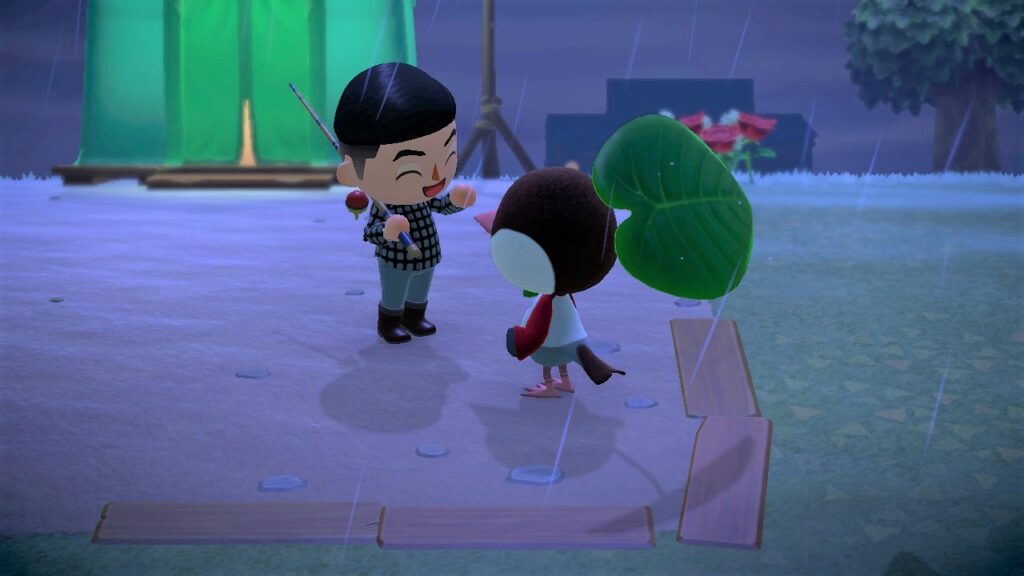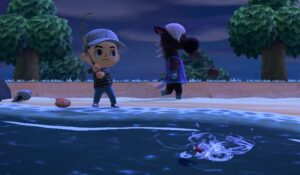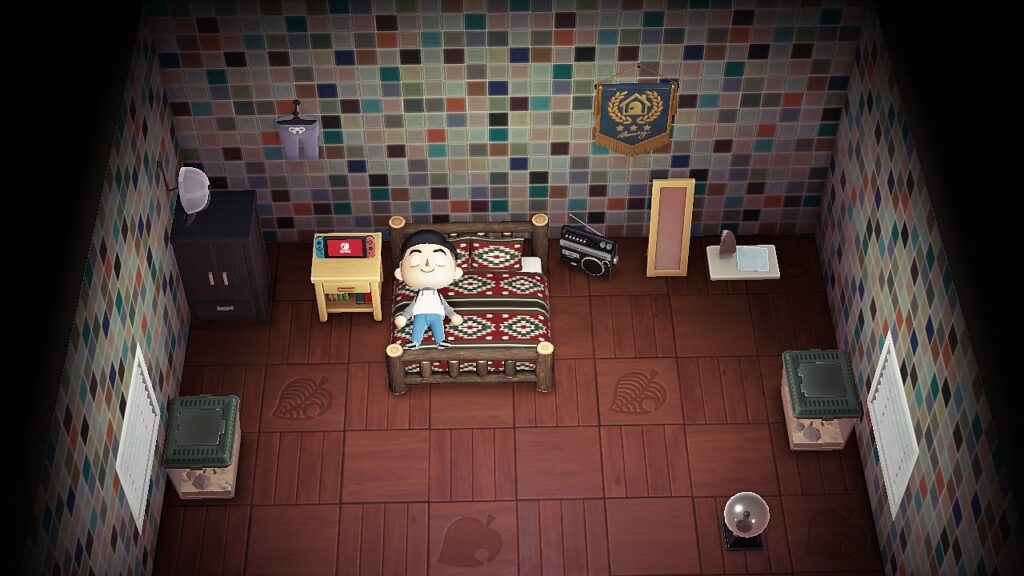I’ve spent the last week on a private island resort, free of any worldwide pandemics.
This island, named “Epicana,” is where most of my adventuring takes place in Nintendo’s newly released game “Animal Crossing: New Horizons.”

Released March 20, the game centers on you living in a town with anthropomorphic animal villagers, while exploring, decorating and utilizing the land as you please.
With there being five main-series games, I still had only played the original title on the GameCube before the release of “New Horizons.”
The hype I had for the game was nothing short of extreme.
The premise starts off like the previous series games, you moving to a new town with little to no bells (the game’s currency).
Tom Nook, the only landlord in the game, offers to give you a house, with you then having to pay off that debt.
Unlike other Animal Crossing games that start you off in a populated town, players now begin on a private uninhabited island.
The move there is a vacation package provided by Nook and his two nephews, Timmy and Tommy. You, along with two randomly selected villagers, move to the island with just a tent to live in.
To build your tent into a house, with future room and level add-ons, you must pay Nook thousands of bells.
There are many ways to earn these bells.
Your island is full of resources such as plants, wood, bugs, fish and even fossils you can dig up from the land. You can choose to either sell these materials to Nook for bells, or use them to craft various items in the game.
Crafting can result in the creation of key tools that further your game experience, like the pole vault that first helps you cross your island’s river. The ability to craft will also let you build various furniture, decorations, or apparel that help you design your house and island any way you want.
New Horizons introduces a new game mechanic called the “Nook phone.” This gadget has apps on it that allow you to design patterns to wear, as well as keep track of the creatures you’ve captured and the Nook Miles you’ve collected.

Nook Miles are earned by doing various tasks in your island like catching bugs, planting trees or just talking with other NPCs.
Miles can be spent on upgrades to your tools as well as tickets to visit other islands. With tickets, you can travel to random islands that may have new materials or villagers you can invite to live on your island.
One of my favorite features of the game is visiting your friend’s towns. You can visit individuals who you are already friends on your Nintendo Switch or random users you might share your travel code with.
Having visitors and visiting others adds a fun co-op element to the game, exchanging items or just chatting in general.
The time of year that the game is played will heavily effect items available as well as trigger holiday events. Certain bugs I have caught in the last week might not be available to catch till next March, for example.
The game also utilizes the real-world day cycle, with the time of day matching with what is happening in the outside world. This is a cool way to be immersed in the game and plan out events at specific times. Though for some who can only play at certain parts of the day it might prove to make the game experience a little more challenging.
I’m torn on whether to like or dislike “New Horizons’” clock mechanic.
On one hand the game becomes more spread out with new additions being available every day. On the other, certain features such as building upgrades and new villagers moving in take several real-world days to trigger, making game progression some-what tedious.
Timmy and Tommy’s upgraded shop, for instance, is only open from 8 a.m. – 10 p.m. Any time before or after that you are unable to buy certain items and can only sell materials at 80 percent value.
With this in mind, I have spent many times debating whether or not to perform the game’s ultimate taboo, time travel.

Animal Crossing uses the Nintendo Switch system’s internal clock to decide the in-game date and time. Time travelling is manually setting the clock ahead to speed up the process of events.
I ultimately decided to play the game as the developer’s intended, having a guilt-free conscience.
What the game lacks in binge-ability, however, it makes up for with overall charm and customization.
The sheer amount of things to do in the game, as well as customization possibilities is astounding.
For those looking to play the game with companions, there are new Facebook groups with people who have the game.
Seeing what others have created inspires me to up my creativity and expand my island themes.
One thing I’ve noticed in these groups are members discussing the game being an escape from the COVID-19 pandemic.
The game instills a creative hub and way for people to stay connected.
Overall, the calm and relaxing atmosphere of “Animal Crossing: New Horizons” makes it a great game to pick up and play.
You never know what new items will be available or what villagers will be visiting your town when starting each day.

